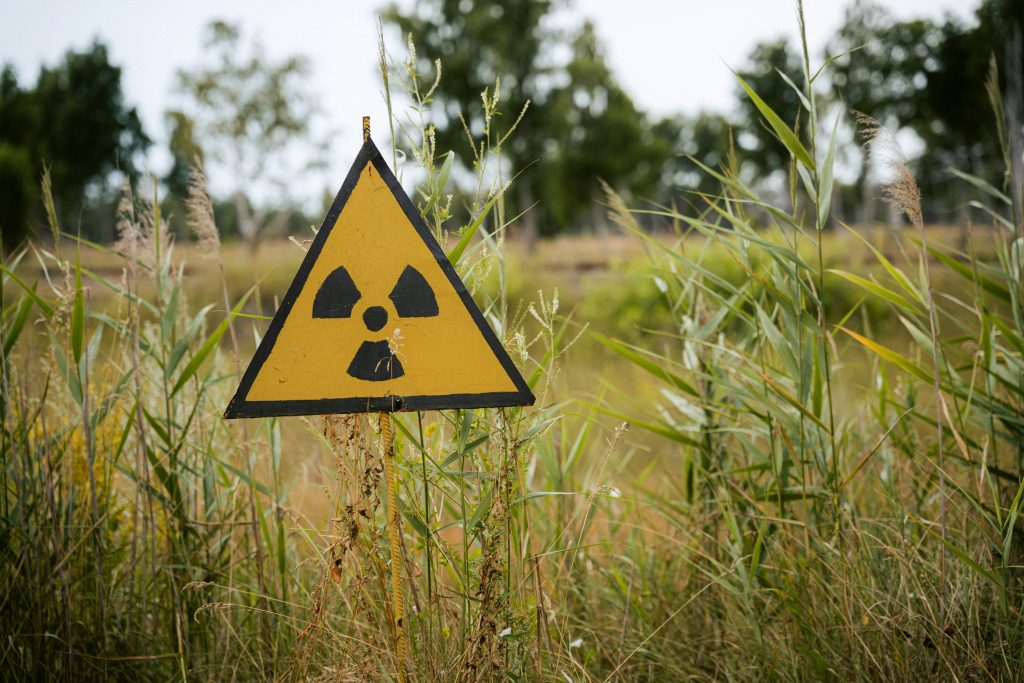- A new roadmap released by the UK government openly acknowledges links between civil nuclear energy and national defence.
- This vindicates researchers at the University of Sussex, who have been making this point for years.
In a striking development for the UK’s energy policy, the recently released Civil Nuclear: Roadmap to 2050 marks a remarkable shift in the government’s stance on the relationship between civil nuclear energy and national defence.
This reversal is testament to the arguments that critical nuclear commentators have made for many years, including Andy Stirling, Professor of Science and Technology Policy, and Dr Phil Johnstone, Senior Research Fellow, both of the Science Policy Research Unit at the University of Sussex.
Commenting on the just-released Roadmap, Professor Stirling said: “The UK Government has effectively now abandoned its previous efforts to deny the importance of military drivers of UK civil nuclear policy – but without any reflection on what this says about previous efforts to suppress discussion of this issue.”
Dr Johnstone underscored the importance of this shift in policy: “This vindicates the comparative credibility of critical perspectives that have for so long been maligned. That this is such a clear and distinctive point that critical nuclear commentators have made for so long, but which the Government and pro-nuclear lobbyists have so strongly resisted, seems to make this announcement even more potentially important.”
Professor Stirling and Dr Johnstone have both long argued that the UK’s civil nuclear energy policy is intricately linked to its nuclear weapons programme. This connection is now clearly acknowledged in the government’s latest strategic document.
The UK Government’s new roadmap openly emphasizes the importance of aligning civil and military nuclear ambitions. Key excerpts from the report highlight the government’s recognition of this interdependence:
1. Joint Civil and Military Objectives: The roadmap explicitly outlines plans to align civil and military nuclear sectors, addressing shared challenges and opportunities.
2. National Security and Energy Supply: Acknowledging the nuclear industry’s crucial role in national security, the roadmap confirms the strategic alignment of civil nuclear growth with defence needs.
3. Collaboration between Departments: It details collaborative efforts between the Department for Energy Security and Net Zero and the Ministry of Defence to ensure a resilient nuclear supply chain.
4. Long-term Strategic Actions: The government’s plans for the nuclear sector, including civil-defence collaboration and development of advanced uranium fuel for potential defence applications, underscore the intertwined nature of these sectors.
5. Workforce Expansion: A significant increase in the workforce for civil and defence nuclear sectors is anticipated, reflecting the combined growth in these areas.
Featured Photo by Kilian Karger on Unsplash.



